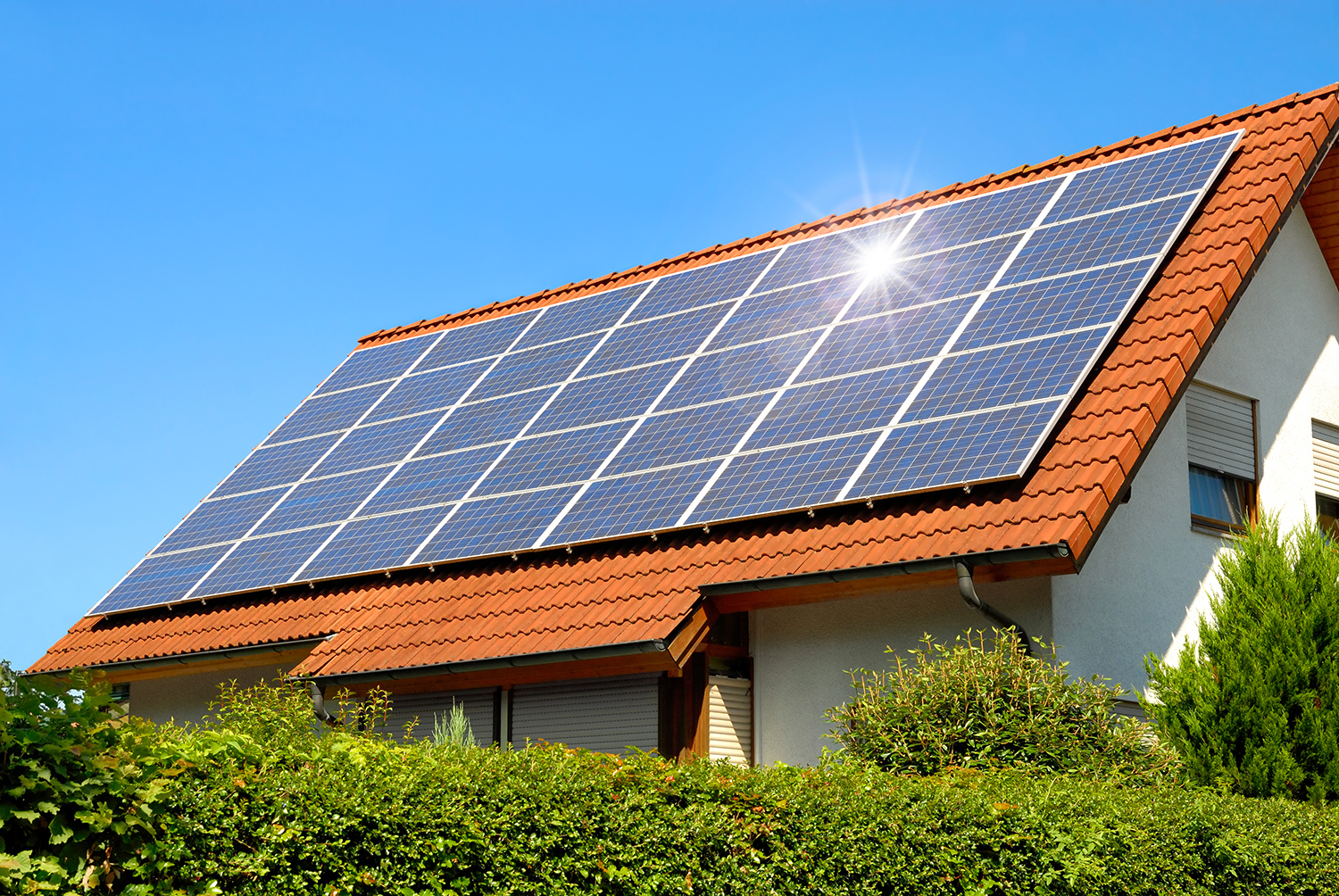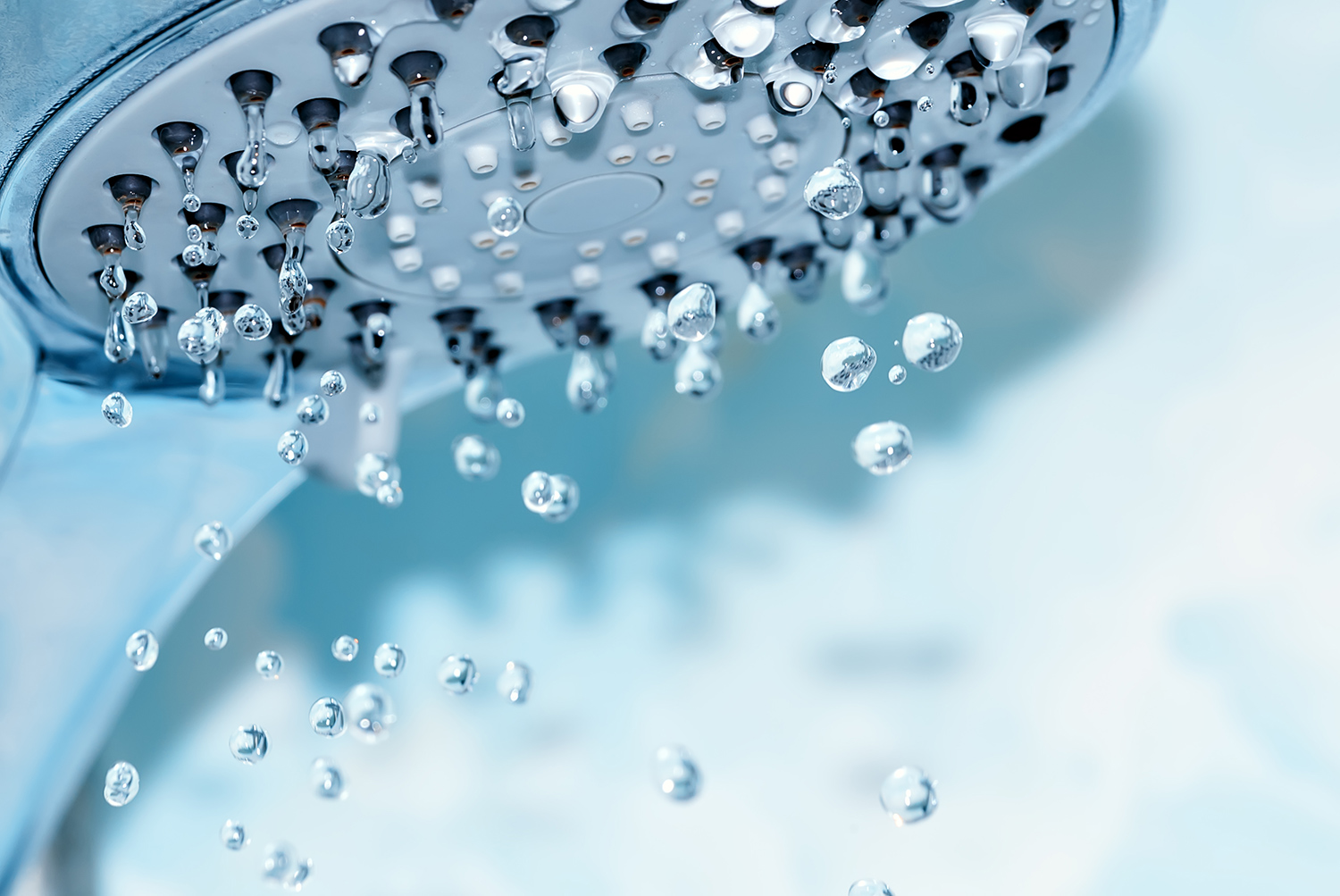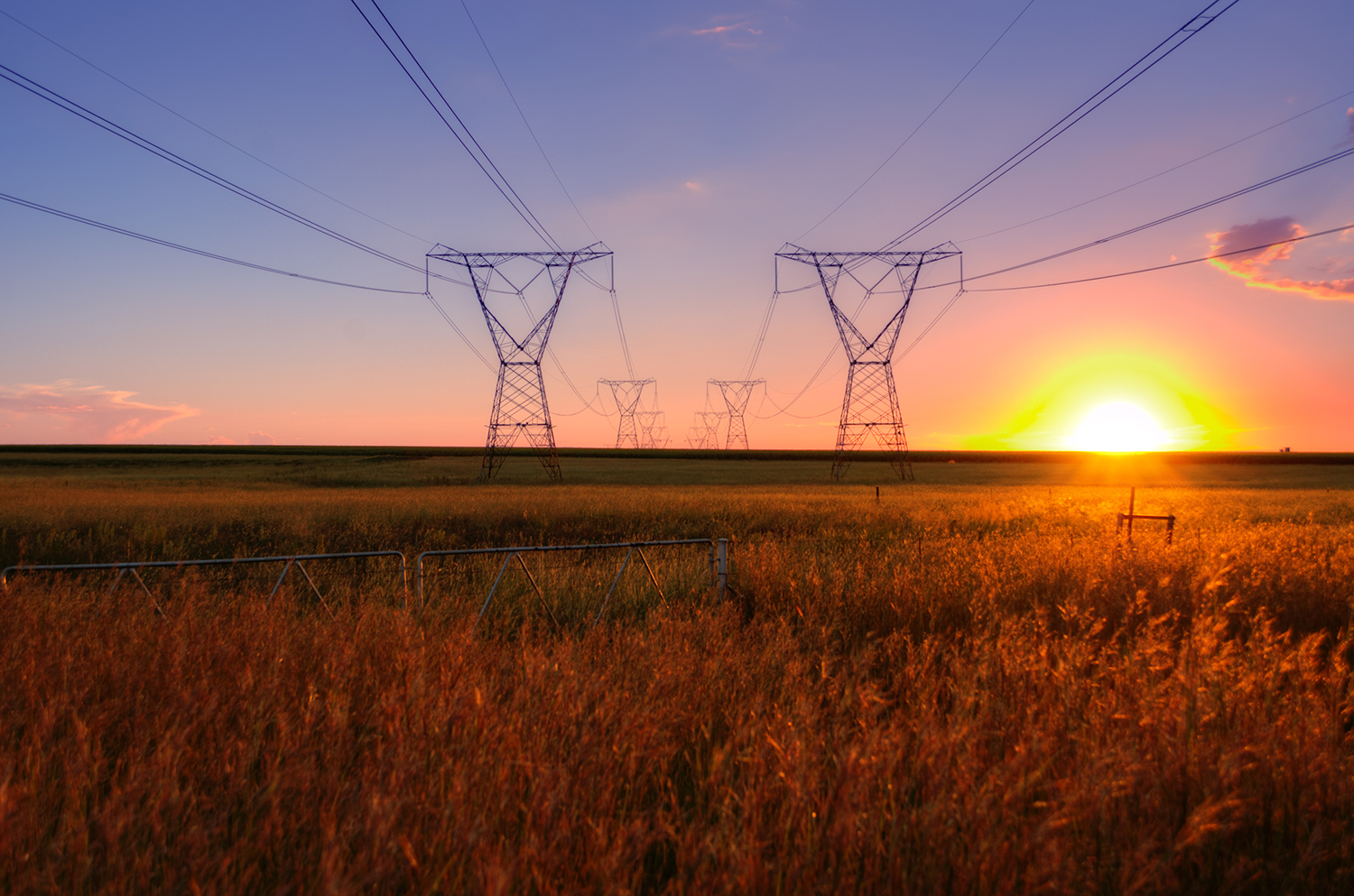
There are many things homeowners can do to save energy in the home. Unfortunately, many of the most effective ways to create a more eco-friendly property are too expensive for families to pay out of pocket, but there is a solution that many home buyers and owners qualify for: an energy efficient mortgage (EEM). Sometimes called a green mortgage, these home loans provide the funds needed to pay for major and minor projects and equipment that will make a property more energy efficient. As a bonus, making these green home improvements cuts down on the cost of utility bills, which can save you thousands of dollars over the long term.

An energy efficient mortgage is exactly what it sounds like: it's a home loan that allows home buyers and current homeowners to make their property more eco-friendly. If you're buying a home, you can add a green mortgage to your conventional home loan so you can add energy-efficient features to your property after you close. If you already own a home, you can refinance your mortgage to include one.
It's important to note that this isn't a second mortgage the way a home equity loan or home equity line of credit (HELOC) is. Instead, it's attached to your existing mortgage, so you'll only make one payment to a single lender each month, and you won't have a second lien on your property.
Making a home more energy efficient can be expensive, and many families don't have money set aside for major home improvements. That's where an energy efficient mortgage comes in: they provide homeowners and buyers the funds needed to make green home improvements. An added bonus is that once you've upgraded to these features, you'll reduce the cost of your energy bills, including for your electricity, water, and gas usage.
In addition to saving you money over the long term, there are many reasons to consider getting one of these loans to make your home more energy-efficient:

These loans can be used to make a variety of upgrades on your home. Some you may want to consider include:
The types of improvements you should make will depend on your home and your location. For example, if your roof has a lot of tree cover, solar panels won't give you a lot of bang for your buck. Similarly, if you live in an area with warm climate and don't get a lot of use out of your chimney, it doesn't make sense to put a lot, if any, of your budget toward repairing or replacing it.
These home loans are part of the federal Energy Efficient Mortgage Program. There are three different types:
In general, anyone who qualifies for a traditional mortgage will also qualify for a green one. You'll need to have a low debt-to-income (DTI) ratio as well as a good credit score and credit history, and if you're making a down payment, you'll need to have cash to pay for it.

Before you can get one of these loans, you'll first need to have a traditional mortgage. Once you do, you can apply for this loan at the same kinds of institutions where you applied for your primary home loan. Lenders that offer energy efficient mortgages include:
Keep in mind that not every lender offers these loans, and some don't offer all three kinds. It's a good idea to check with your primary loan company first, and if they don't sell energy efficient mortgages, look at other mortgage companies to find one that does.
Once you've gotten your primary mortgage, you'll need an official report that documents the eco-friendly upgrades your home qualifies for. To do this, set up a Home Energy Rating System (HERS) audit with your energy efficient mortgage loan officer (MLO). A certified specialist called an Energy Rater will evaluate your home's energy efficiency and look for opportunities to improve it. They'll look at details including:
After your appointment, your Energy Rater will write a HERS report that includes:
Most people pay between $300 and $800 for a home energy audit. However, this can be rolled into your mortgage. If you're buying a new home, you can also ask the seller to pay for it as part of their closing costs — it's in the seller's best interest to close as quickly as possible, so it's worth asking.
After your HERS inspection, you and your mortgage lender can work together on deciding which improvements should be made to your home and the size of loan you should take to cover them. Once these decisions are made, you can formalize the loan.
Once the paperwork is signed and the loan is closed, you'll have up to 180 days to implement the improvements you agreed to (depending on your lender, you may only have up to 90 days). Once all of the renovations are done, your lender will have an inspection done to make sure you completed everything you agreed to in your energy efficient mortgage contract, and then you'll be paid for their costs. Keep in mind that while you can DIY these projects, you can't charge for the labor you do for them — you'll only be reimbursed for what you paid for professional labor and for equipment.
As with any type of loan, EEMs have a lot of benefits, but they're not the right solution for everyone. Keep the biggest advantages and disadvantages of green mortgages in mind as you decide whether to get one of these home loans. Your MLO and real estate agent are also helpful resources in learning if this is the right option for you.

| ✓ Pros | ⨯ Cons |
|---|---|
| Allow you to finance costly home renovations with low monthly payments | Not all lenders offer them |
| Green home modifications lower the cost of utility bills | Require a substantial amount of paperwork |
| Can be added to a conventional mortgage or a refinanced loan | Increases the time it takes to close on a mortgage |
| Interest payments are often tax deductible | Interest payments can make the cost of small projects more expensive than if paid for without an EEM |

Save Money While Helping the Environment
For homeowners who want to decrease their new or current home's carbon footprint, an energy efficient mortgage can be a great solution. These loans make it easier than ever to pay for major and minor projects that will provide you with a more comfortable place to live and lower your utility bills — and the planet will thank you for it!